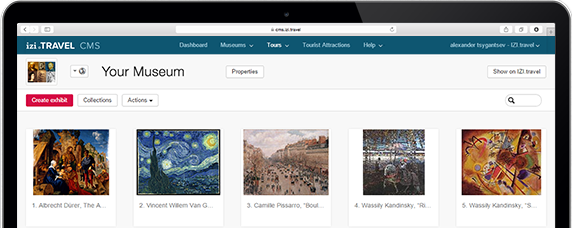Audio tour Mennonites in Poland. Common Heritage
2 sights
- Sommario Auditour
-
Sommario Auditour
For centuries, representatives of different nationalities and denominations settled in areas under Polish rule, as these lands offered relatively favourable and safe living conditions. The Mennonites were one of the religious groups to reach Poland. The first Mennonite settlers arrived in the sixteenth century from the Netherlands and northern Germany. To the Mennonites, Poland was much more than just a safe haven from religious persecution. Most importantly, Poland gave the Mennonites a new home. Mennonite colonies sprang up mainly in the depression at the mouth of the Vistula River, called Żuławy in Polish or Werder in German, as well as in the lower and middle reaches of the river. Mennonites gained wide recognition as experts in reclaiming depression and flood-prone land for agriculture. They also made a name for themselves as industrious farmers whose hard work helped i.a. many villages flourish economically. Over the four centuries of their presence in Poland, Mennonites have left their mark on the cultural heritage of the regions they settled. Today, it is our pleasure to offer you a walk in the footsteps of Poland’s former Mennonite community. This guide was created under the "Mennonites in Poland. Common Heritage" project co-financed by the Polish History Museum under the ‘Patriotism of Tomorrow’ programme.
- 1 The Post-Mennonite Church in Gdańsk, 2a Mennonitów Street
- 2 House under the Salmon, Gdańsk, 52 Szeroka Street
- 3 Żuławy Museum, Nowy Dwór Gdański, 17 Kopernika Street
- 4 Granary of the Stobbe family, Nowy Dwór Gdański, 3 Maja Street
- 5 The Cemetery of Eleven Villages, Cyganek near Żelichowo
- 6 The Former Mennonite Cemetery and Church in Cyganek near Żelichowo
- 7 The Mennonite Cemetery in Orłowo
- 8 Peter Loeven’s Arcaded House in Orłowo
- 9 The Mennonite Cemetery in Stogi Malborskie
- 10 The Mennonite Cemetery in Różewo
- 11 The First Mennonite Church in Elbląg, 12 Garbary Street
- 12 The Former Mennonite Church in Elbląg, 9 Warszawska Street
-
Sommario Auditour
For centuries, representatives of different nationalities and denominations settled in areas under Polish rule, as these lands offered relatively favourable and safe living conditions. The Mennonites were one of the religious groups to reach Poland. The first Mennonite settlers arrived in the sixteenth century from the Netherlands and northern Germany. To the Mennonites, Poland was much more than just a safe haven from religious persecution. Most importantly, Poland gave the Mennonites a new home. Mennonite colonies sprang up mainly in the depression at the mouth of the Vistula River, called Żuławy in Polish or Werder in German, as well as in the lower and middle reaches of the river. Mennonites gained wide recognition as experts in reclaiming depression and flood-prone land for agriculture. They also made a name for themselves as industrious farmers whose hard work helped i.a. many villages flourish economically. Over the four centuries of their presence in Poland, Mennonites have left their mark on the cultural heritage of the regions they settled. Today, it is our pleasure to offer you a walk in the footsteps of Poland’s former Mennonite community. This guide was created under the "Mennonites in Poland. Common Heritage" project co-financed by the Polish History Museum under the ‘Patriotism of Tomorrow’ programme.
Recensioni
1 recensione
Recensisci questo tour-
12-14-2021
W Sadach (pkt 29) nie ma żadnej płyty z historią, liczba nagrobków też jest nieaktualna warto dodać, że jest jedna płyta po polsku
Scarica l'app gratuita izi.TRAVEL
Crea i tuoi audio tour!
L'uso del sistema e l'app di guida per dispositivi mobili sono gratuiti

